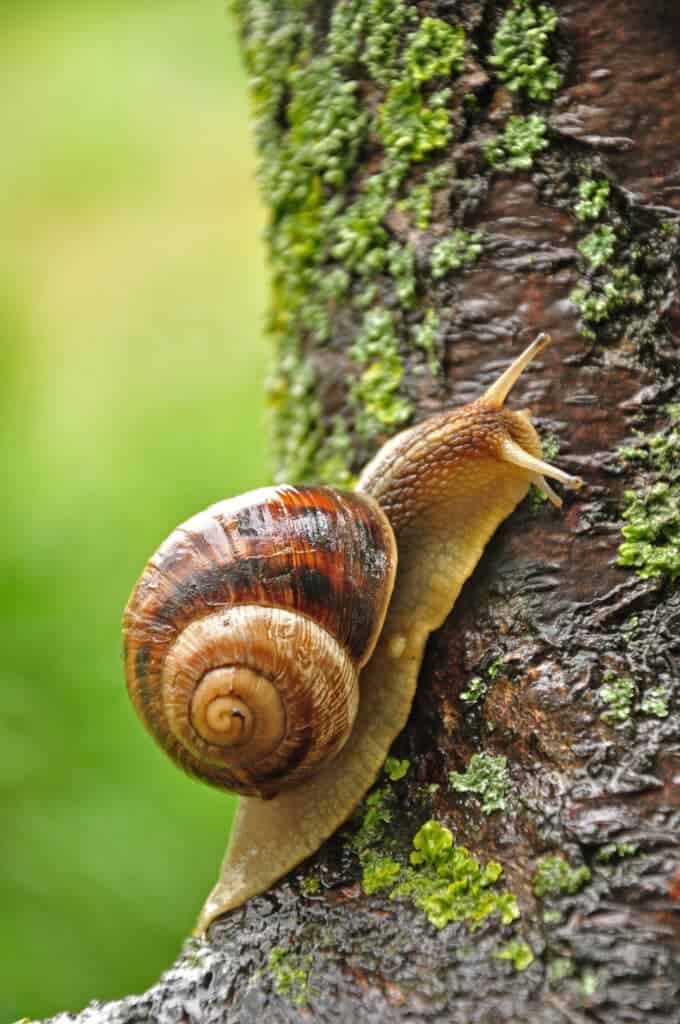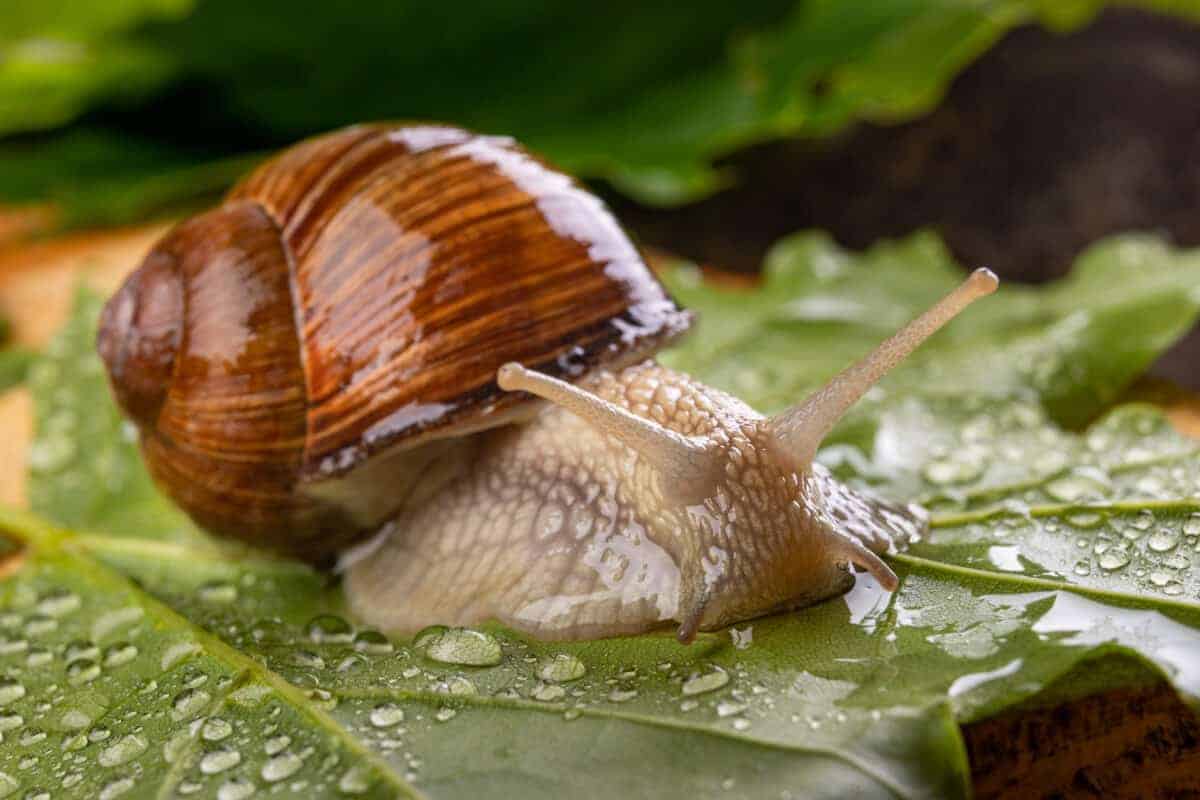
Snails, with their distinctive spiral shells and unhurried movements, have long held the title for some of the slowest creatures on land. As we explore the fascinating world of snails, we delve into the reasons behind their leisurely pace, their preferred habitats, dietary habits, and the unique strategies they employ to navigate the challenges posed by predators.
The Slow Crawl of Snails:
Snails are renowned for their unhurried and deliberate movements, often described as a crawl. Their average speed typically ranges from 0.03 to 0.03 miles per hour, making them appear as if they are navigating the world in slow motion. This slow pace is a result of their unique locomotion, characterized by the rhythmic contraction of a specialized foot and the secretion of mucus, providing a slick surface for them to glide on.
Why So Slow?
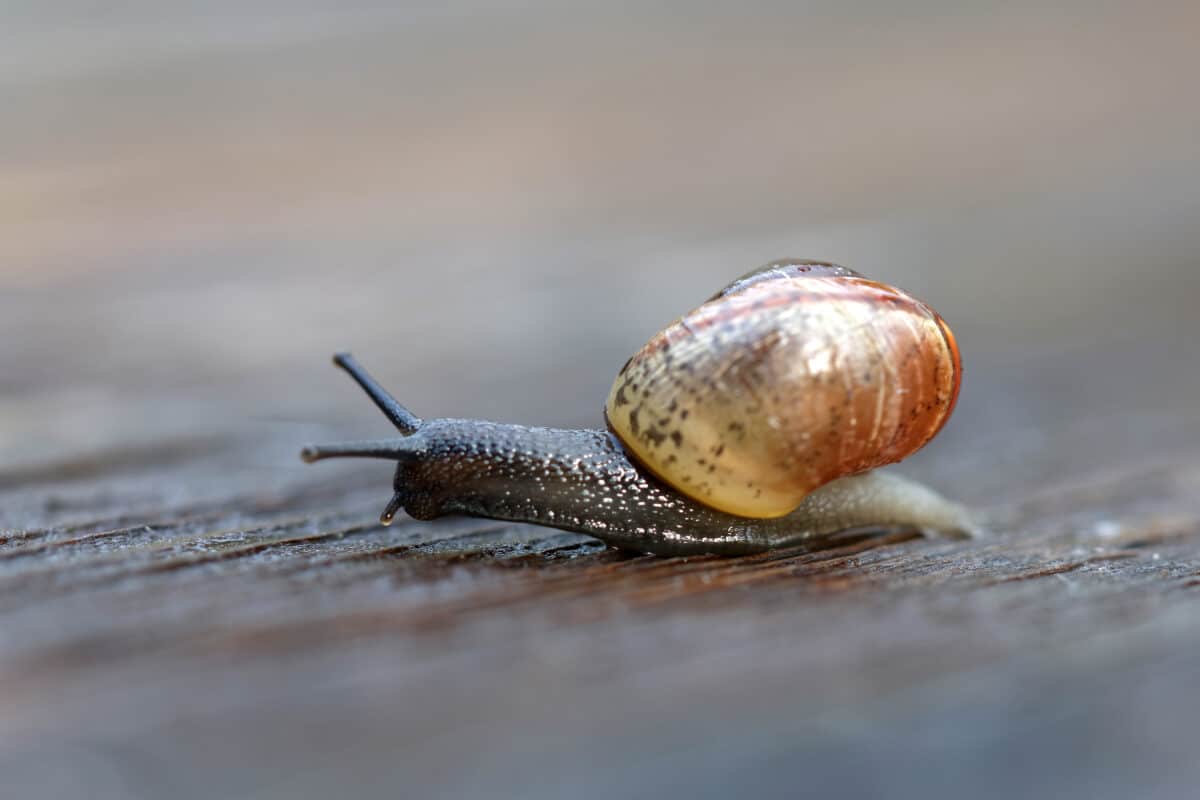
The sluggish pace of snails is closely tied to their anatomy and method of movement. Unlike animals with legs, snails move by contracting their powerful foot muscles against a surface lubricated by mucus. This slow but steady mode of locomotion allows them to navigate diverse terrains while conserving energy. Additionally, their slow metabolic rates contribute to their gradual movements, ensuring efficient energy utilization.
Habitats and Roaming Grounds:
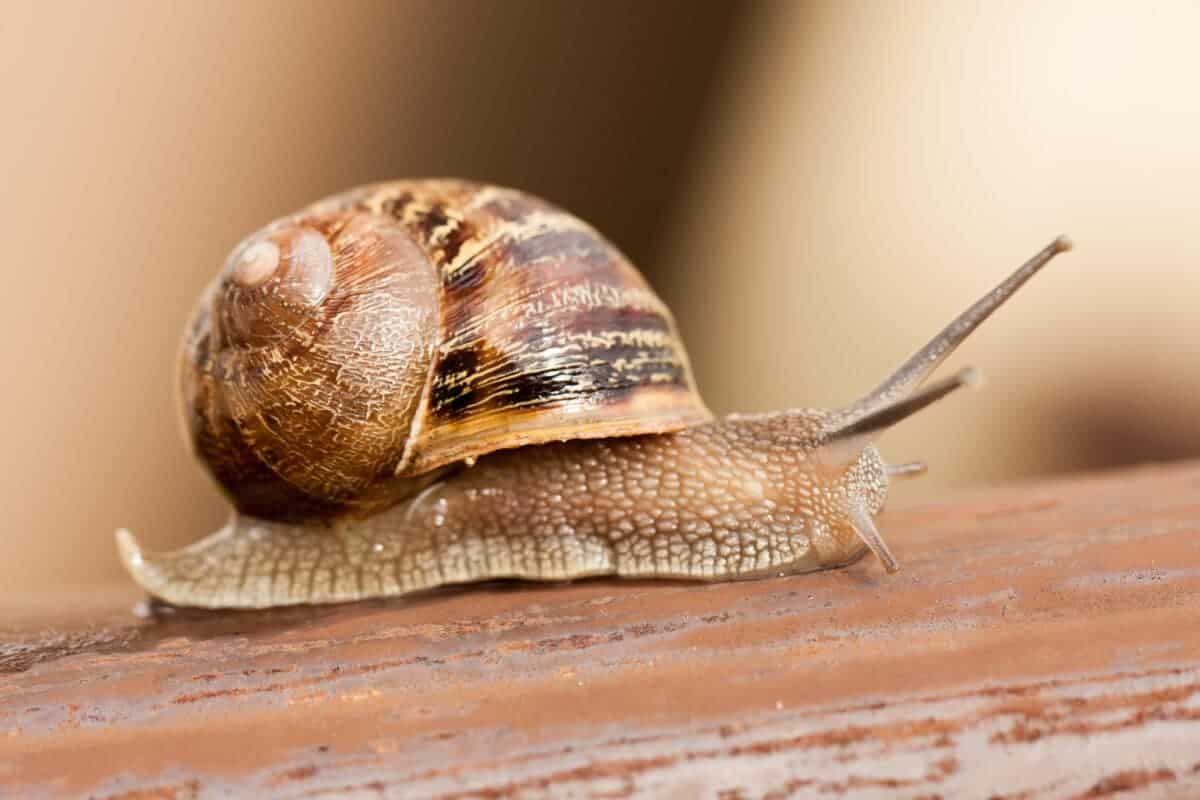
Snails are adaptable creatures that can be found in a variety of habitats, including gardens, forests, deserts, and even underwater environments. Many species are terrestrial, favoring damp conditions that facilitate the production of mucus for smoother locomotion. Some snails, like the Roman snail, can climb plants and trees, while others, such as the garden snail, are often found at ground level. Their ability to thrive in different environments contributes to their widespread distribution across the globe.
Dietary Preferences:
Snails are herbivores, feeding on a diverse range of plant matter. Their diet includes leaves, fruits, and even detritus. Their feeding habits are facilitated by a specialized tongue called a radula, which has rows of tiny, sharp teeth. This tongue allows them to scrape and ingest their plant-based meals. Despite their slow movements, snails can be surprisingly efficient in foraging for their preferred food sources.
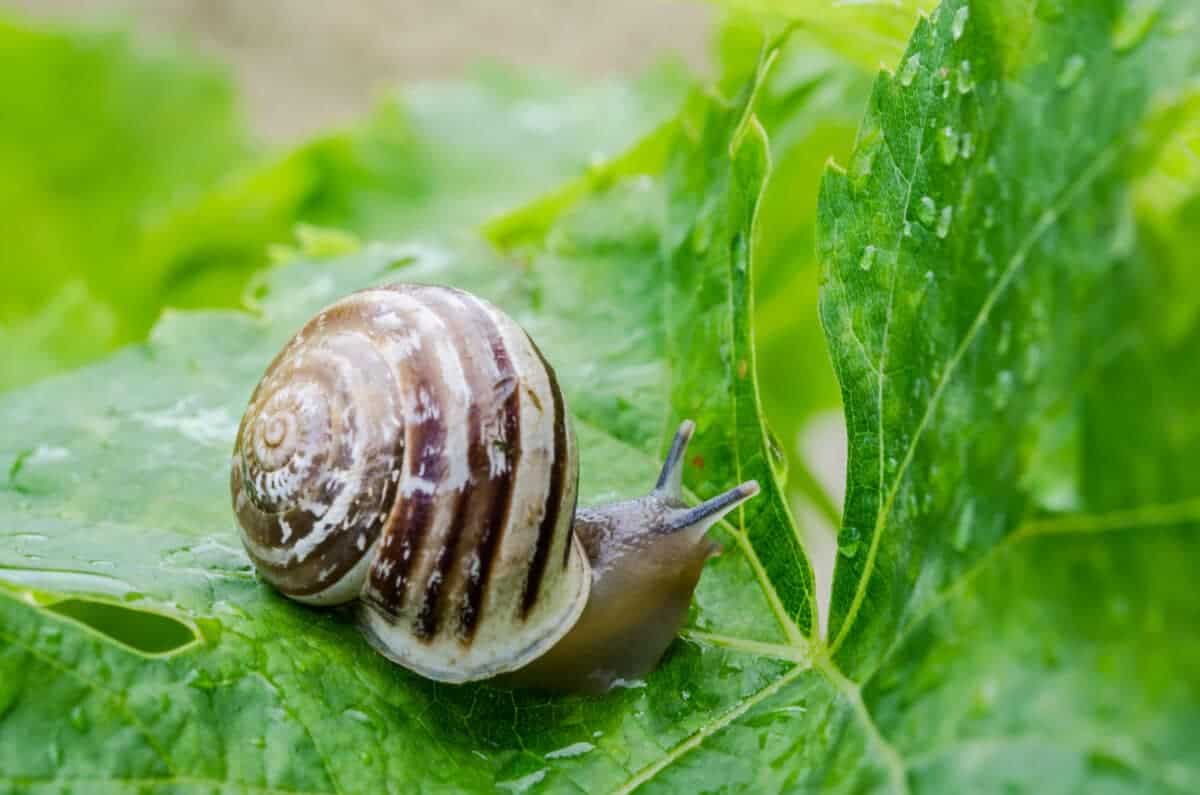
Facing Predators at a Snail’s Pace:
While snails may be slow, they have developed effective strategies to protect themselves against predators. The hard, protective shell is their first line of defense, serving as a shield against potential threats. When faced with danger, some snail species can retract into their shells, sealing the opening with a specialized membrane called an operculum. The mucus they produce for movement also plays a dual role, serving as a deterrent for predators by making the snail slippery and difficult to grasp.
The world of snails may be characterized by a leisurely pace, but it is far from uneventful. From their unique mode of locomotion to their diverse habitats and dietary habits, snails showcase the adaptability of nature’s creations. While their slow movements might seem disadvantageous, snails have evolved ingenious strategies to thrive in their environments, demonstrating that even in the slow lane, life can be both fascinating and resilient.
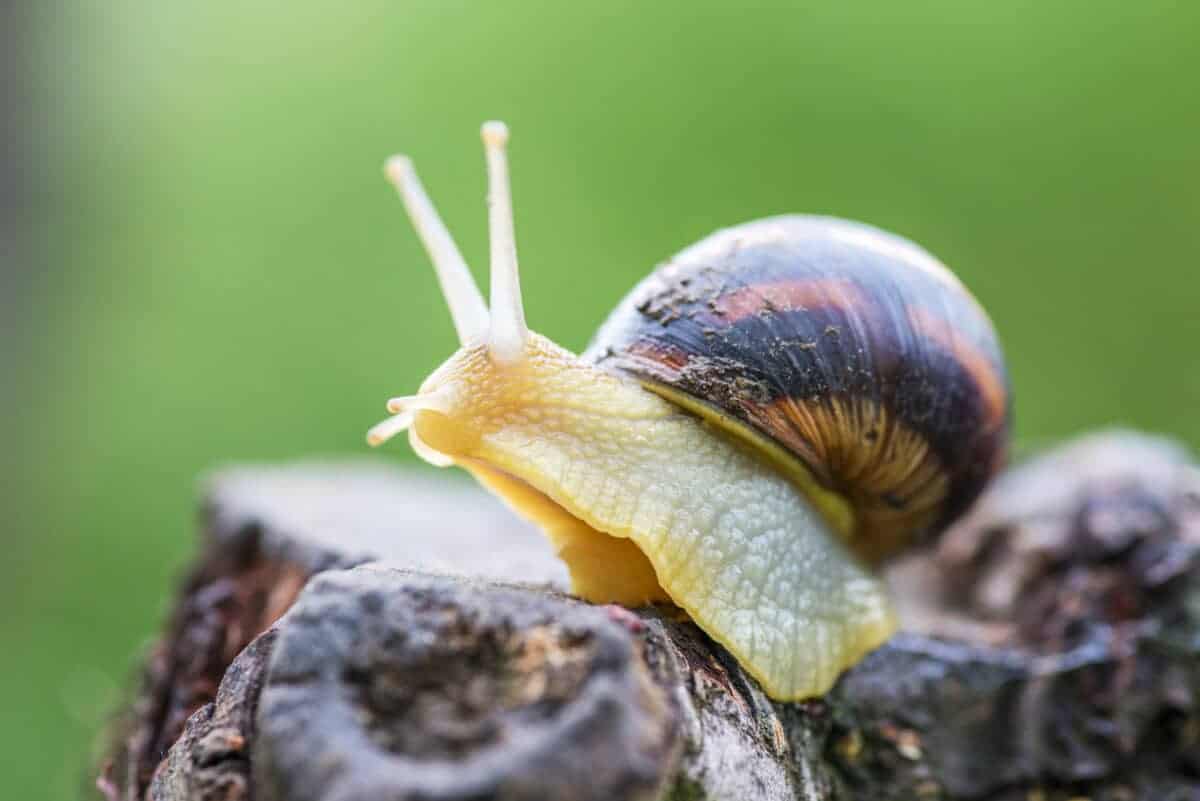
If you liked this piece, you may enjoy these:
- Heart-warming Moment: Watch Pup Golden Retriever Bond with Four Playful Kittens - April 23, 2024
- Are Sumatran Tigers Extinct? Science Thinks No - April 22, 2024
- A Decade-Long Wait: Alabama Zoo Welcomes a Baby Giraffe - April 22, 2024

